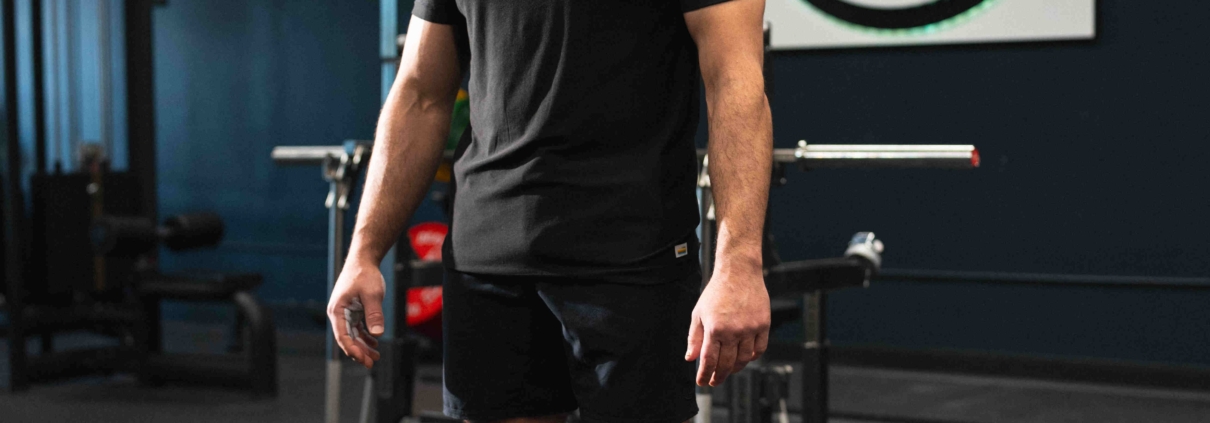How Long Should a Typical Hyrox Training Workout Last?
Hyrox training is gaining rapid popularity among fitness enthusiasts, and knowing how long a typical Hyrox training workout should last is essential for achieving optimal results. Whether you are a beginner or a seasoned competitor, understanding the ideal duration of a session will help you maximize performance while avoiding injury. At Sigma Performance Training, we design customized workouts that balance intensity and recovery to meet your goals.
What Is a Hyrox Training Workout?
A Hyrox training workout is a structured combination of functional strength training and high-intensity endurance exercises. It prepares athletes for Hyrox competitions, which consist of 8 workout stations paired with running segments. This type of workout is different from traditional gym routines, requiring more stamina, strength, and strategy.
In a Hyrox training workout, you train both strength and cardiovascular capacity, focusing on exercises such as sled pushes, rowing, wall balls, and burpee broad jumps. Because of the intensity, the duration of a workout plays a critical role in building endurance without overtraining.
Why Workout Duration Matters in Hyrox Training
Workout length is not just a number — it influences energy management, recovery, and performance. Training too short may not adequately develop endurance, while excessively long sessions can lead to fatigue and injury. The goal is to find the sweet spot that allows you to train intensely but also recover properly.
At Sigma Performance Training, we recommend tailoring Hyrox workout duration based on fitness level, training goals, and competition timelines.
How Long Should a Typical Hyrox Training Workout Last?
For most athletes preparing for Hyrox, a training workout lasts between 60 to 90 minutes. This duration allows enough time to cover strength exercises, skill training, and endurance conditioning without overloading the body.
Here’s a breakdown:
- Warm-Up (10–15 minutes): Start with dynamic stretching, mobility exercises, and light cardio to prepare muscles and joints.
- Skill & Strength Work (30–40 minutes): Focus on station-specific training such as sled pushes, rowing, or kettlebell swings.
- Conditioning & Endurance (15–20 minutes): Incorporate running intervals, rowing sprints, or circuit training to simulate Hyrox race conditions.
- Cool-Down & Stretching (5–10 minutes): End with static stretching and mobility work to aid recovery.
This structure ensures balance between intensity and recovery while optimizing performance gains.
Factors That Influence Workout Duration
Several factors determine how long your Hyrox training workout should last:
- Fitness Level: Beginners may need shorter sessions (45–60 minutes), while advanced athletes often train longer to mimic race conditions.
- Training Frequency: If you train multiple times a week, slightly shorter workouts can prevent burnout.
- Goals: If your focus is endurance, workouts may last longer. For skill development, shorter but more intense sessions are better.
- Gym Equipment: Access to specialized equipment at a gym in Houston can influence how quickly you complete workouts.
Sample Hyrox Training Workout Duration for Beginners
Beginners should start with workouts around 45–60 minutes. Here’s an example:
- Warm-Up (10 minutes): Light jog, mobility drills, and dynamic stretches.
- Station Training (25 minutes):
- Sled Push — 3 sets of 20 meters
- Wall Balls — 3 sets of 15 reps
- Rowing — 3 sets of 500 meters
- Endurance Training (10 minutes): Interval running (e.g., 1-minute sprint, 1-minute jog)
- Cool-Down (5 minutes): Stretching and breathing exercises.
This duration helps beginners adapt to Hyrox-specific demands without excessive fatigue.
Sample Advanced Hyrox Training Workout Duration
Advanced athletes preparing for competition often train 75–90 minutes per session. This allows for higher volume and intensity.
Example:
- Warm-Up (15 minutes): Dynamic stretching, mobility drills, and light cardio.
- Strength & Skill Training (40 minutes):
- Sled Push/Pull — 4 sets of 30 meters
- Burpee Broad Jumps — 4 sets of 12 reps
- Kettlebell Swings — 4 sets of 20 reps
- Endurance Conditioning (25 minutes): Running intervals or circuit training simulating race conditions.
- Cool-Down (10 minutes): Stretching, foam rolling, and mobility work.
This workout length helps build endurance, strength, and mental toughness for competition day.
How to Manage Workout Duration for Optimal Hyrox Training
To ensure progress and avoid burnout:
- Listen to Your Body: Adjust your workout length based on energy and recovery levels.
- Plan Training Cycles: Alternate between longer endurance days and shorter high-intensity days.
- Track Progress: Use a training journal or apps to monitor performance and recovery.
- Work with Professionals: Training under certified coaches, such as at Sigma Performance Training, can ensure optimal workout duration for your needs.
Why Choosing the Right Gym Matters
A specialized gym in Houston with experience in Hyrox training can make a huge difference. Proper equipment, structured programs, and expert coaching allow you to get the most out of your workouts without unnecessary extensions in training time.
Gyms like Sigma Performance Training focus on structured sessions that balance workout intensity and duration, tailored to each athlete’s needs.
Conclusion
Determining how long a typical Hyrox training workout should last depends on fitness level, goals, and training structure. For most athletes, 60–90 minutes per session strikes the perfect balance between strength training, endurance conditioning, and recovery. Beginners may start with shorter sessions, while advanced athletes can extend training to simulate competition conditions.
A specialized gym in Houston, such as Sigma Performance Training, can provide the right equipment, coaching, and workout plans to ensure your training sessions are effective and efficient. By understanding the importance of workout duration, you’ll be better prepared to excel in Hyrox competitions while reducing the risk of injury.


Leave a Reply
Want to join the discussion?Feel free to contribute!